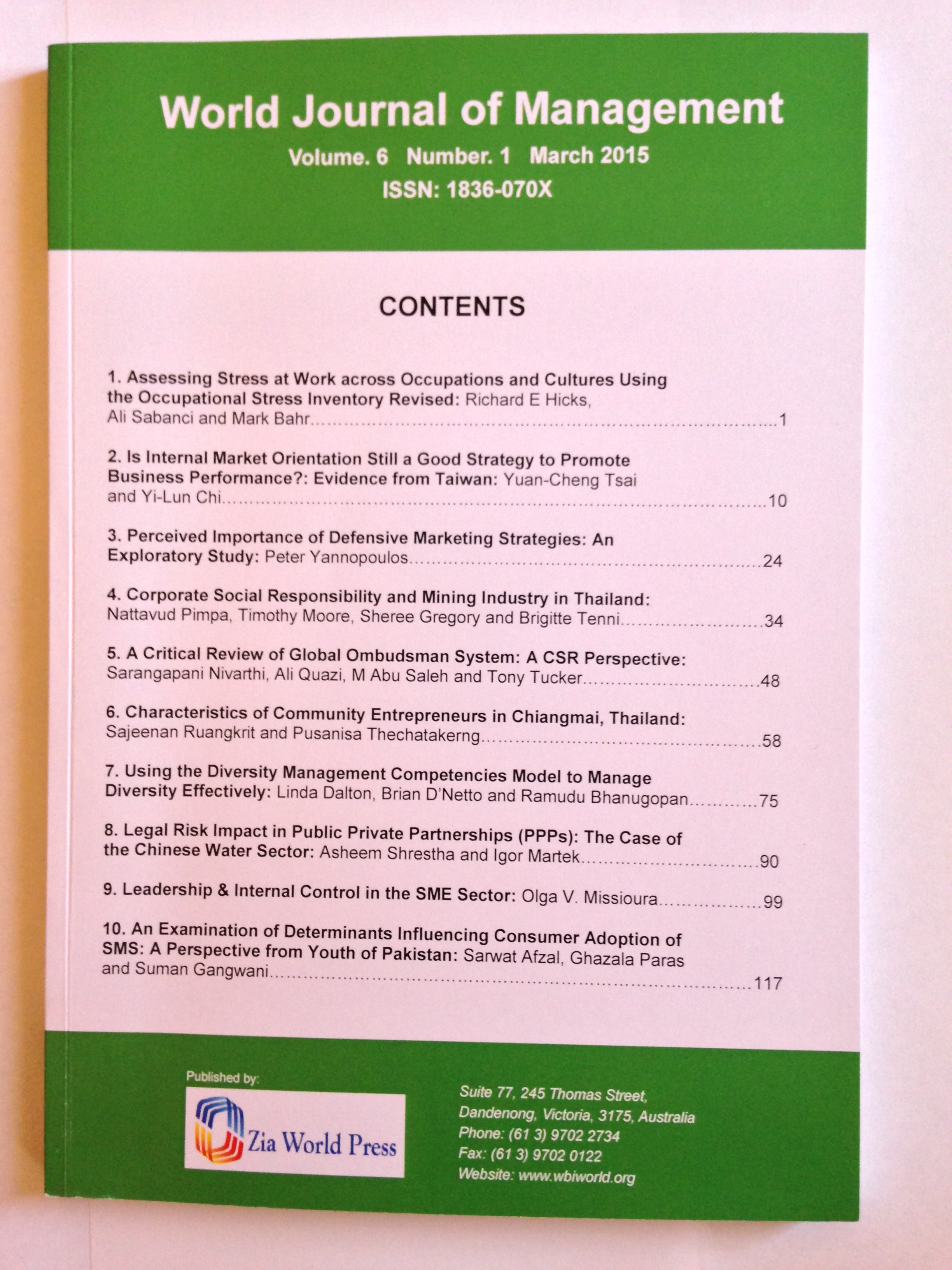September
2018

September 2018 (World Journal of Management)
Total Articles - 6
